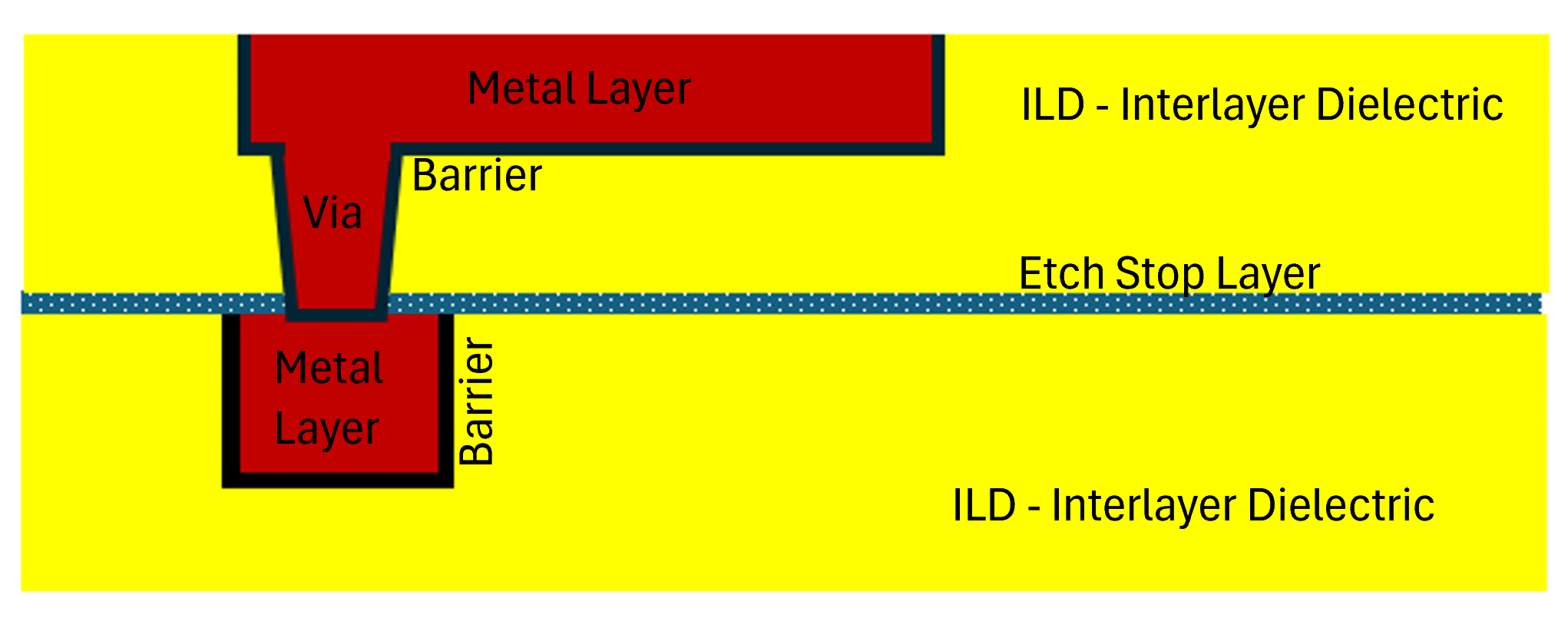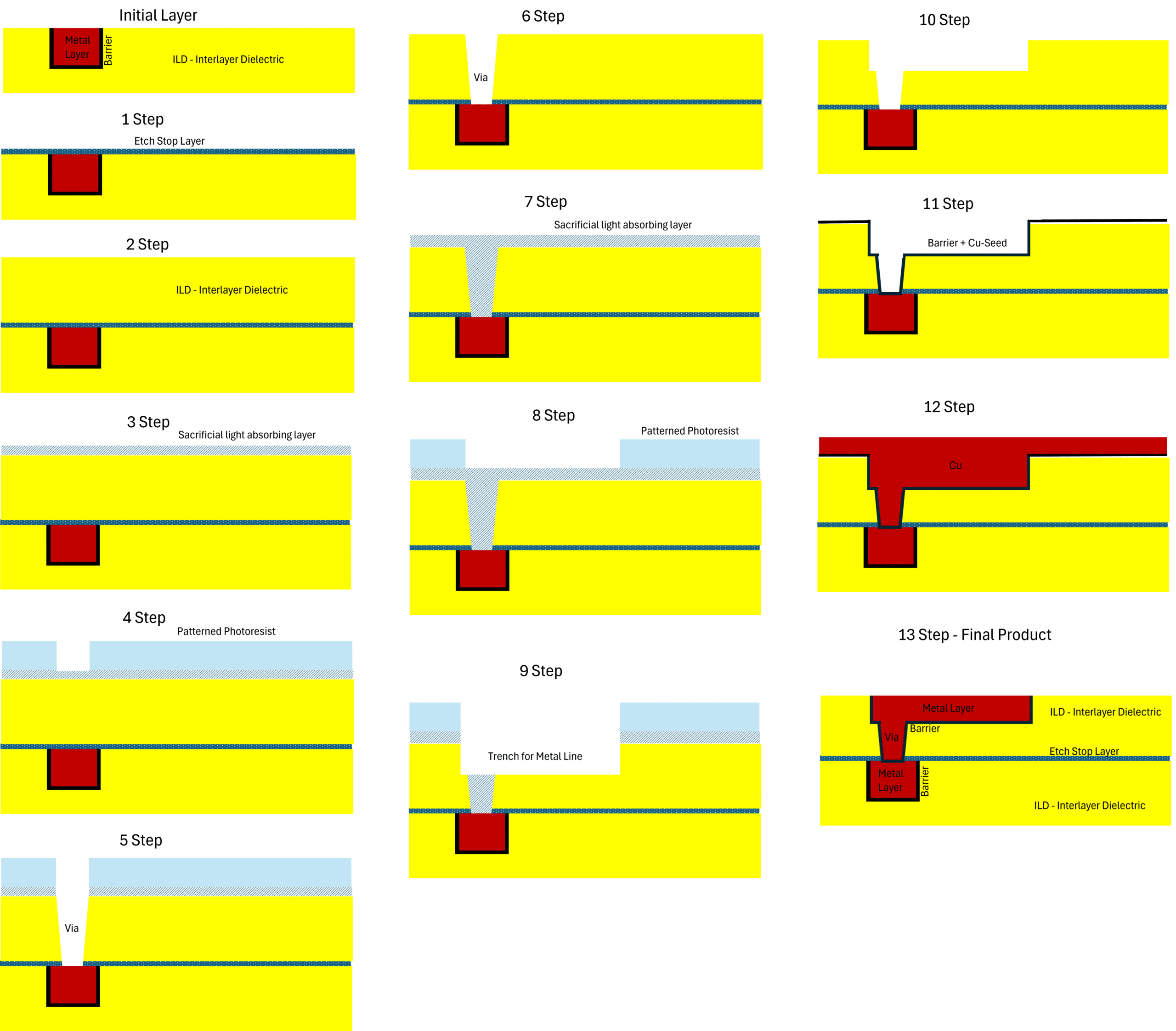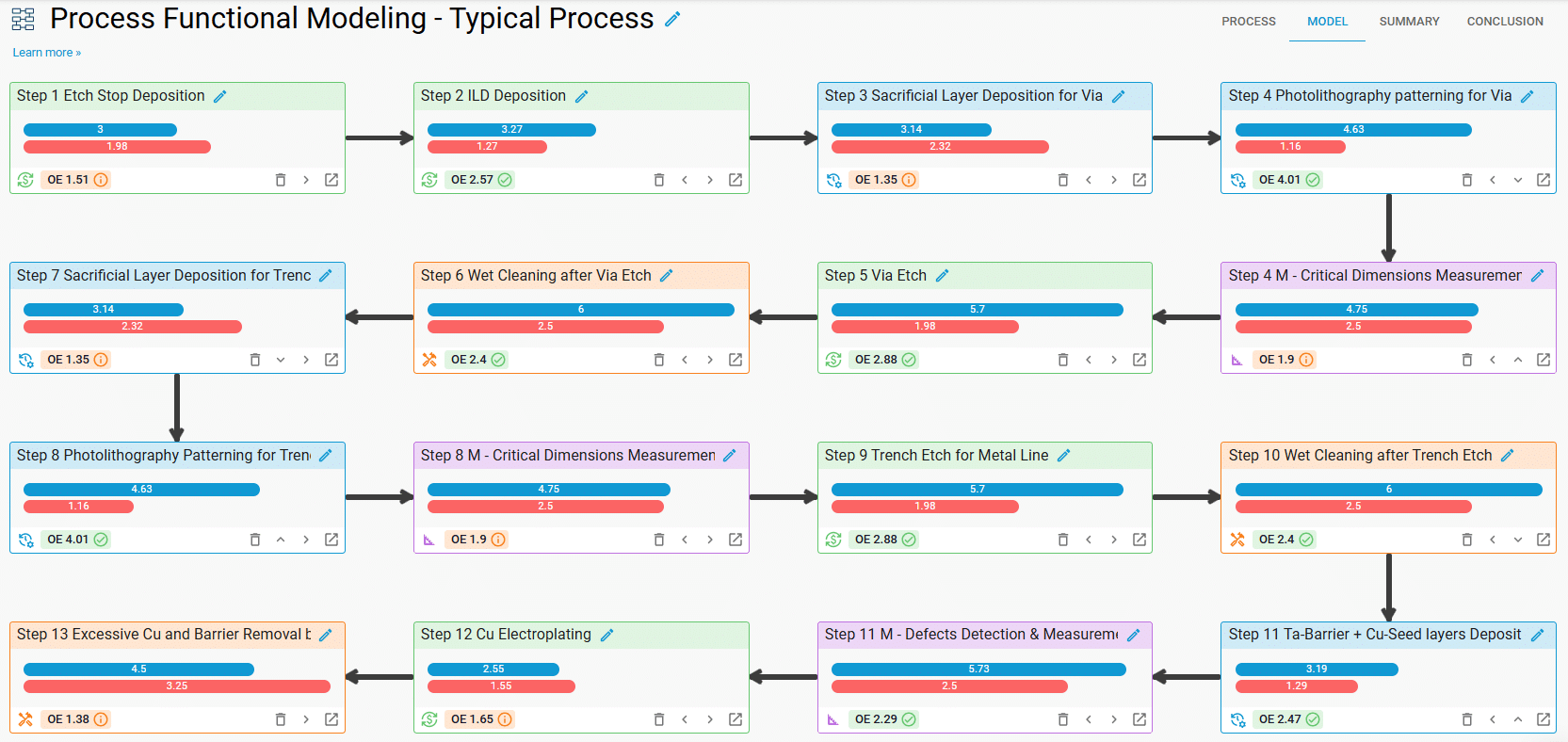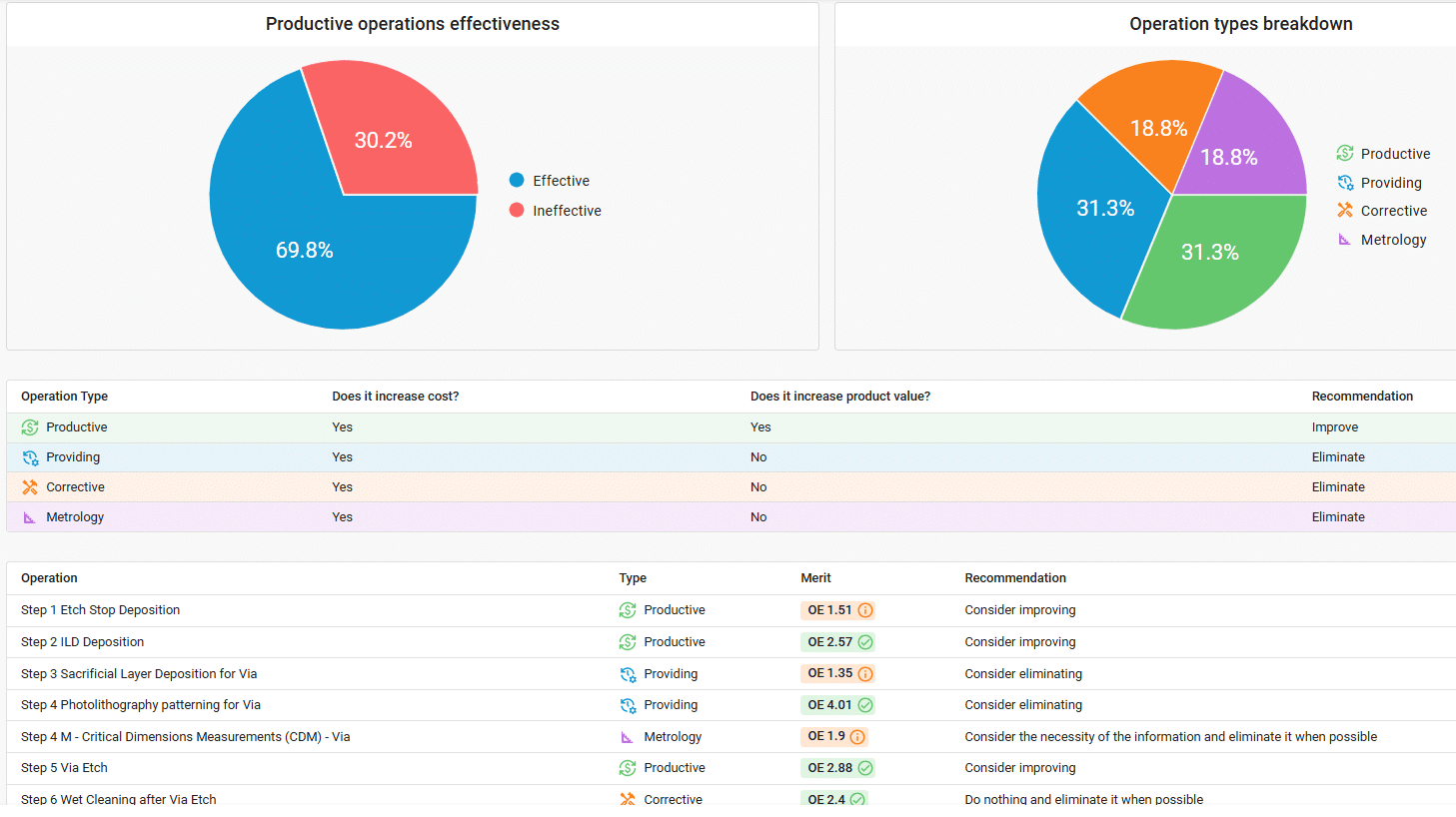In the ever-evolving landscape of semiconductor manufacturing, optimizing IC interconnection processes remains a critical challenge. Through innovative functional modeling approaches, we can identify inefficiencies, streamline operations, and dramatically improve production outcomes. This article explores how Process Functional Modeling (PFM) reveals new opportunities for enhancing IC interconnection layer manufacturing.

At PRIZ Guru, we are actively exploring IC interconnection layers. Our project is available on the PRIZ Platform and published on PRIZ Hub: Optimizing IC Interconnection: A Functional Approach to Innovation (the project is in progress). We welcome your engagement and comments.
The initial step—System Functional Modeling (SFM) of the IC interconnection layer—has been completed and is detailed in our blog article: Optimizing IC Interconnection Layer Design Through Functional Modeling.
For this next phase, we analyze the manufacturing process of the IC interconnection layer. We’ve chosen a typical interconnection layer that exemplifies both standard functionality and manufacturing processes. Using the Process Functional Modeling (PFM) tool on the PRIZ Innovation Platform, we’ve created a comprehensive map and analysis of the complete process flow.
The Process Functional Modeling (PFM) tool in PRIZ Guru enables engineers to:
Learn more about PFM through these resources:
IC interconnections link various components within a microchip through multiple layers. Each layer requires the same set of manufacturing operations to be performed sequentially.
The original structure is shown below:

The next layer we need to build is shown below:

To achieve this, we follow a specific sequence of operations, illustrated below:

The process consists of 13 operations (steps). Note that metrology operations—which measure but do not alter the structure—are not shown in the picture.
Using the PRIZ Innovation Platform’s PFM tool, we mapped out a process flow incorporating standard metrology operations. The flow appears below:

For each operation, we defined these key features:
PRIZ Platform calculated:
Our PFM summary shows that just 31.3% of operations add value to the product—the remaining operations consume time and resources without direct benefit. The analysis pinpoints which operations require development and which should be simplified or eliminated.
The screenshot of the summary appears below:

Our PFM analysis yielded several important insights.
Photolithography investments need reevaluation. Since it’s a providing operation that adds no direct value to the product, we should prioritize its elimination.
Remember: When we purchase a product or service, we’re not just paying for its inherent value—we’re also paying for the costs of the producer’s unresolved problems.
Process Functional Modeling is a powerful creative thinking tool that can revolutionize problem-solving. Master it, and you’ll gain the ability to transform the world.
Have questions or need help getting started? Contact us today—we’re here to help you unlock the power of Functional Modeling!
Have questions or need help getting started?
Contact us today – we’re here to help you unlock the power of Process Functional Modeling!